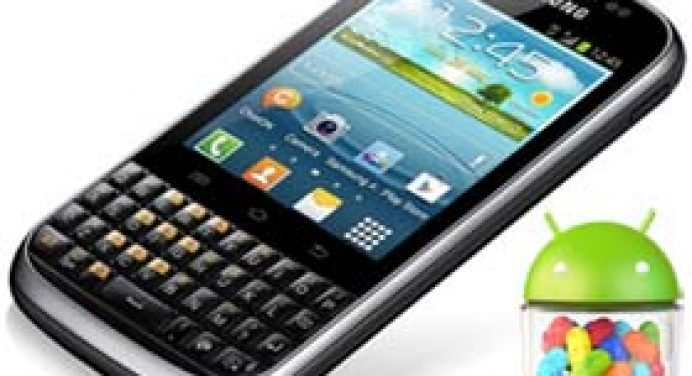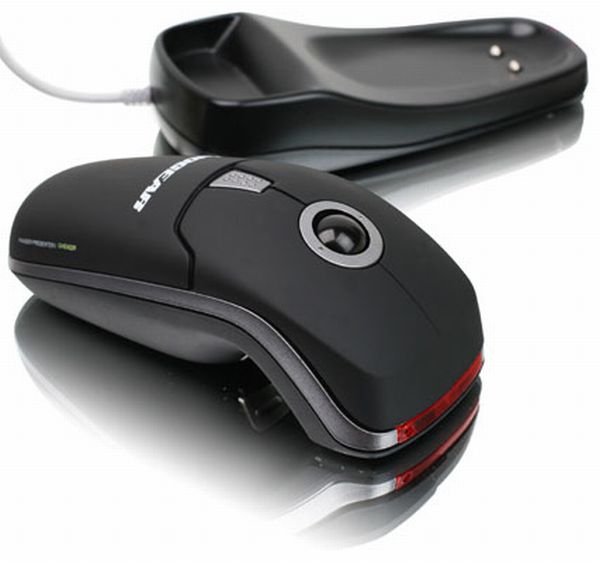

- #Samsung galaxy chat pc suite movie#
- #Samsung galaxy chat pc suite portable#
- #Samsung galaxy chat pc suite android#
The rapid scaling and miniaturization of MOSFET transistor technology ( Moore's law), the basic building block of mobile devices and computing devices, made it possible to build portable smart devices such as tablet computers. The development of the tablet computer was enabled by several key technological advances. In addition to many academic and research systems, several companies released commercial products in the 1980s, with various input/output types tried out. Throughout the 20th century devices with these characteristics have been imagined and created whether as blueprints, prototypes, or commercial products. Electrical devices with data input and output on a flat information display existed as early as 1888 with the telautograph, which used a sheet of paper as display and a pen attached to electromechanical actuators. The tablet computer and its associated operating system began with the development of pen computing.
#Samsung galaxy chat pc suite movie#
Wireless tablet device portrayed in the movie 2001: A Space Odyssey (1968)
#Samsung galaxy chat pc suite android#
The market for tablets is split relatively evenly between Apple's iPad and Android tablets, with iPads capturing slightly more global market share due to their quality and FPS rate. As of 2021 there are 1.28 billion tablet users worldwide according to data provided by Statista. Popular uses for a tablet PC include viewing presentations, video-conferencing, reading e-books, watching movies, sharing photos and more. Thereafter, tablets rapidly rose in ubiquity and soon became a large product category used for personal, educational and workplace applications. In 2010, Apple released the iPad, the first mass-market tablet to achieve widespread popularity. The form of the tablet was conceptualized in the middle of the 20th century ( Stanley Kubrick depicted fictional tablets in the 1968 science fiction film A Space Odyssey) and prototyped and developed in the last two decades of that century. To compensate for their lack of a physical keyboard, most tablets can connect to independent physical keyboards by Bluetooth or USB 2-in-1 PCs have keyboards, distinct from tablets. Two species of tablet, the slate and booklet, do not have physical keyboards and usually accept text and other input by use of a virtual keyboard shown on their touchscreen displays. Portable computers can be classified according to the presence and appearance of physical keyboards. The touchscreen display is operated by gestures executed by finger or digital pen (stylus), instead of the mouse, touchpad, and keyboard of larger computers.

Modern tablets largely resemble modern smartphones, the only differences being that tablets are relatively larger than smartphones, with screens 7 inches (18 cm) or larger, measured diagonally, and may not support access to a cellular network. Tablets, being computers, do what other personal computers do, but lack some input/output (I/O) abilities that others have. Samsung Galaxy Tab S4 (August 2018) with a keyboard and penĪ tablet computer, commonly shortened to tablet, is a mobile device, typically with a mobile operating system and touchscreen display processing circuitry, and a rechargeable battery in a single, thin and flat package.


 0 kommentar(er)
0 kommentar(er)
